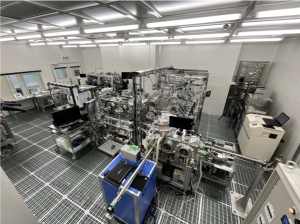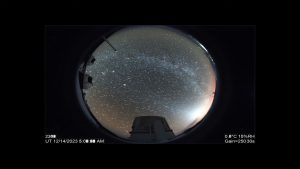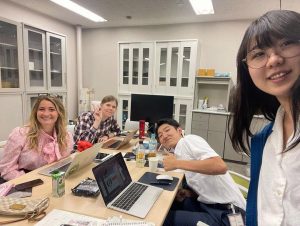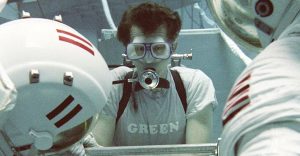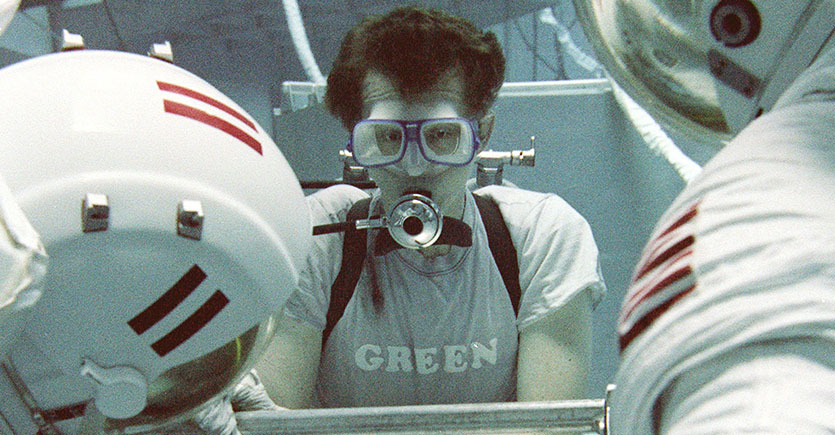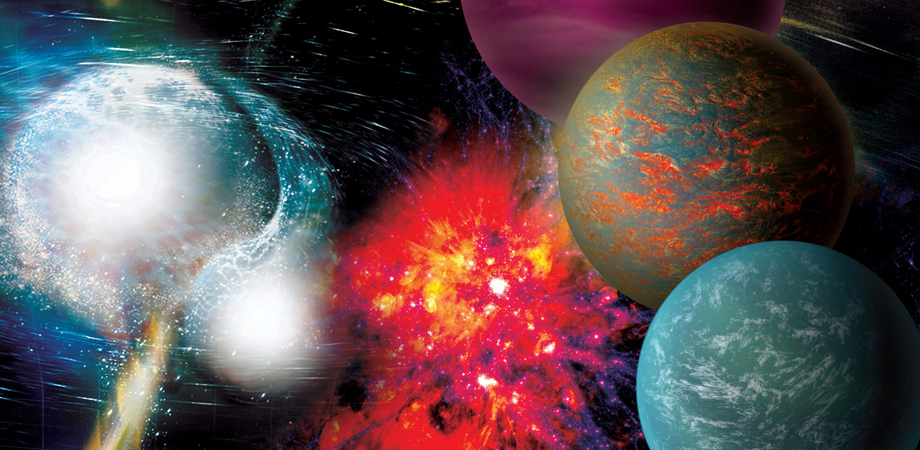
Global Space News: The US Astro2020 Decadal Survey
In November, the National Academies in the United States released the “Pathways to Discovery in Astronomy and Astrophysics for the 2020s” decadal survey, colloquially known as Astro2020. The survey seeks to identify the most compelling scientific goals across the field, and from these make recommendations that will focus the activities of institutes such as the National Science Foundation and NASA over the coming years.
The importance of Astro2020 in guiding the development of large projects has made the decadal survey recommendations of great interest to researchers both across the US and around the world. Of particular interest is the call for a new generation of powerful space telescopes, dubbed the “New Great Observatories”. The first priority is a telescope aimed at identifying habitable worlds, followed by telescopes that will explore the Universe in the far-infrared and X-ray. These are plans, notes Yamada Toru from the Department of Space Astronomy and Astrophysics, that require a long term outlook that stretches over multiple decades.
The Decadal Survey for “Pathways to Discovery in Astronomy and Astrophysics” for the 2020s by the National Academies in the US was released on November 4, 2021 (local time). One of the priorities for the scientific field described in the survey was the challenge of discovering Earth-like planets, with the purpose of answering the fundamental question, ‘Are we alone?’. It is notable that this endeavour involves a long-term outlook over multiple decades to implement, and that high priority has been placed on large-scale plans to reach technical and planning maturity over the 2020s.
Top priority among the space strategic missions has been proposed for a telescope with a primary mirror diameter of 6m covering the ultraviolet, visible and near-infrared wavelengths for the direct imaging of Earth-like planets, as part of the realisation of the New Great Observatories that include X-ray and far-infrared missions that will be developed throughout the 2040-50s. Alongside this, multi-messenger observations were promoted with high priority for the program for sustaining and balancing the science, and the essential need to develop medium- and small-sized plans was emphasised.
The outlook being considered by the US is not dissimilar from that of Japanese astronomy and astrophysics, demonstrating the importance of factoring international trends when planning future missions. In Japan space science, it is also necessary to discuss our long-term vision and develop concrete plans that will allow continuous developments while simultaneously, maintaining the unique and innovative quality of JAXA missions, and the pursuit of research through our international endeavours.
Yamada Toru, Department of Space Astronomy and Astrophysics

The interest in studying extrasolar planets is understood by Elizabeth Tasker in the Department of Solar System Sciences, who believes the time is right to commit to developing powerful new instruments that will take exoplanet science from the discovery to the characterisation of new worlds.
We are currently on the brink of a new era in exoplanet science. While missions such as the Kepler Space Telescope were incredible at discovering planets, the next generation of telescopes will be focussed on revealing their surface environments. The New Great Observatory proposals in the Decadal Survey, and the importance of ground-based extremely large telescopes like the international TMT, show the excitement and commitment to discovering not just how many other planets are Earth-sized, but how many might actually be Earth-like or (perhaps even more excitingly) have more alien environments than anything we could imagine.
The excitement of this possibility is also felt in Japan, with instruments such as UVSPEX being designed to differentiate between Earth- and Venus-like environments, our involvement in the Nancy Grace Roman telescope, which will push the boundaries for directly imaging these worlds, and our fleet of Solar System exploration spacecraft for understanding exactly what it took for our own Earth to became habitable.
Elizabeth Tasker, Department of Solar System Science


The proposed Great Observatories in the infrared and X-ray also strongly reflect global interest in the science that can be explored at these wavelengths. Yamada notes that while the proposed ESA-JAXA SPICA infrared space telescope was ultimately not selected, the importance of such an instrument is clearly recognised in Astro2020. Ryan Lau in the Department of Space Astronomy and Astrophysics also believes that the strong international interest will yield results.
Astro2020 lays out an ambitious vision for astronomy in the next decade and especially highlights the importance of IR missions to explore our cosmic origins. I believe that the strong network of international collaborations that we as astronomers have fostered will be a driving force behind achieving these goals.
Ryan M. Lau, JAXA International Top Young Fellow (ITYF), Department of Space Astronomy and Astrophysics
In the X-ray, Yamasaki Noriko also in the Department of Space Astronomy and Astrophysics, notes the synergy with up-coming international missions with strong Japanese involvement. She hopes the global importance of Astro2020 will increase opportunities for scientists to collaborate and challenge together the unanswered questions of the cosmos.
The Decadal Survey is a strong declaration that we will continue to try to learn about the Universe, and embrace the challenge of going to space to achieve this goal. The US is collaborating with the Japan-led XRISM and Europe-led Athena X-ray space observatories, which are currently being constructed, and also looking ahead to the observatory that will come next. Through understanding the technological developments needed, the Decadal is envisioning the next 30 years, and putting down preparations to create a thick flow of knowledge. The new means of observation opened up by XRISM will be further enriched by the combined collaboration of Japan, the US and Europe for Athena. As we seek to go even further, can we continue this walk together? Each and every one of us knows that there are many interesting questions, things we do not know, challenges we can do and many steps to be taken that flow across Japan and to the world.
Yamasaki Noriko, Department of Space Astronomy and Astrophysics
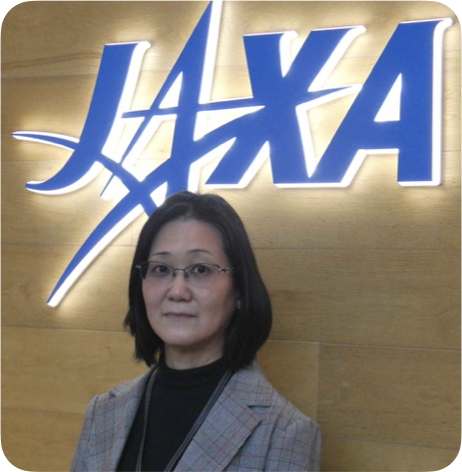
It is going to be an exciting future.
“Global space news” is a chance for us to highlight important developments across the world and share our excitement of these achievements.
Further information:
Pathways to Discovery in Astronomy and Astrophysics for the 2020
The UVSPEX instrument
XRISM X-ray Imaging and Spectroscopy Mission
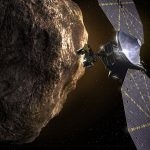 Previous Post
Previous Post Next Post
Next Post